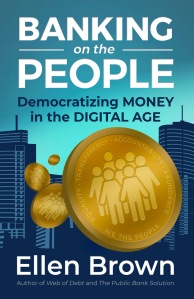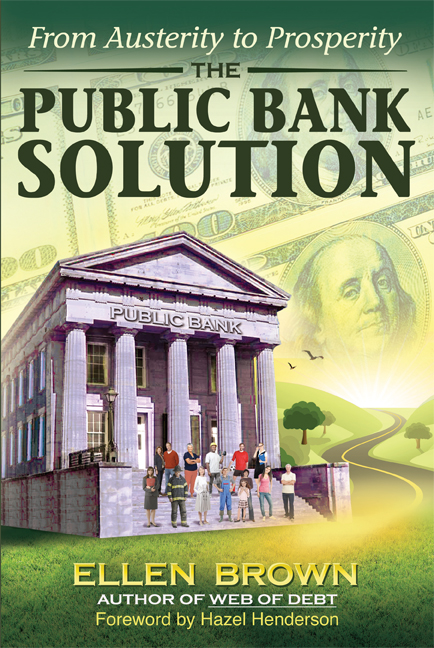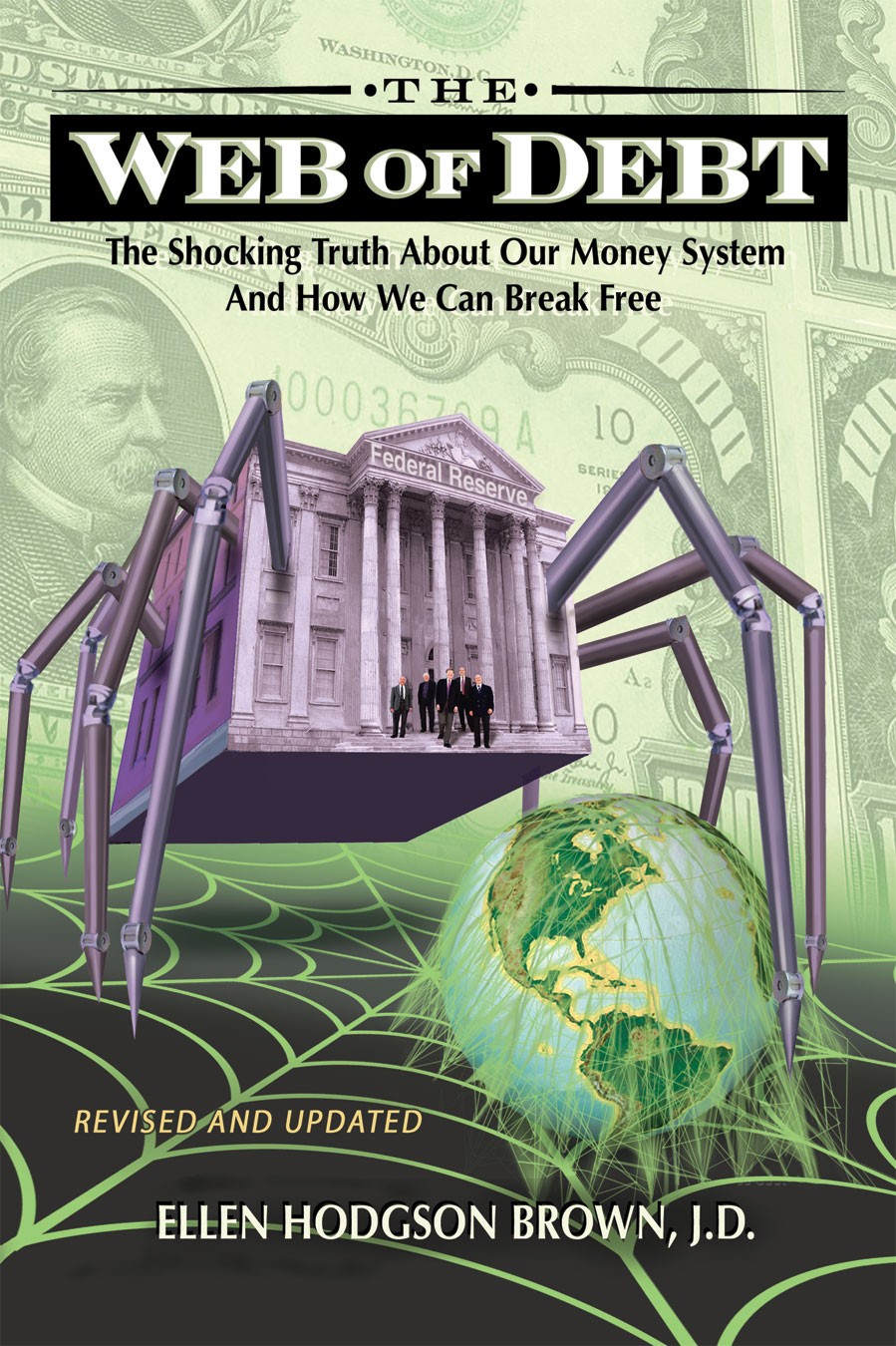Reading the tea leaves for the 2024 economy is challenging. On January 5th, Treasury Secretary Janet Yellen said we have achieved a “soft landing,” with wages rising faster than prices in 2023. But critics are questioning the official figures, and prices are still high. Surveys show that consumers remain apprehensive.
There are other concerns. On Dec. 24, 2023, Catherine Herridge, a senior investigative correspondent for CBS News covering national security and intelligence, said on “Face the Nation,” “I just feel a lot of concern that 2024 may be the year of a black swan event. This is a national security event with high impact that’s very hard to predict.”
What sort of event she didn’t say, but speculations have included a major cyberattack; a banking crisis due to a wave of defaults from high interest rates, particularly in commercial real estate; an oil embargo due to war; or a civil war. Any major black swan could prick the massive derivatives bubble, which the Bank for International Settlements put at over one quadrillion (1,000 trillion) dollars as far back as 2008. With global GDP at only $100 trillion, there is not enough money in the world to satisfy all these derivative claims. A derivative crisis helped trigger the 2008 banking collapse, and that could happen again.
The dangers of derivatives have been known for decades. Warren Buffett wrote in 2002 that they were “financial weapons of mass destruction.” James Rickards wrote in U.S. News & World Report in 2012 that they should be banned. Yet Congress has not acted. This article looks at the current derivative threat, and at what might motivate our politicians to defuse it.
Continue readingFiled under: Ellen Brown Articles/Commentary | Tagged: banking crisis, derivatives, economy, Ellen Brown, Great Taking, inequality | 10 Comments »







Defusing the Derivatives Time Bomb: Some Proposed Solutions
The “protected class” is granted “safe harbor” only because their bets are so risky that to let them fail could crash the economy. But why let them bet at all?
This is a sequel to a Jan. 15 article titled “Casino Capitalism and the Derivatives Market: Time for Another ‘Lehman Moment’?”, discussing the threat of a 2024 “black swan” event that could pop the derivatives bubble. That bubble is now over ten times the GDP of the world and is so interconnected and fragile that an unanticipated crisis could trigger the collapse not just of the bubble but of the economy. To avoid that result, in the event of the bankruptcy of a major financial institution, derivative claimants are put first in line to grab the assets — not just the deposits of customers but their stocks and bonds. This is made possible by the Uniform Commercial Code, under which all assets held by brokers, banks and “central clearing parties” have been “dematerialized” into fungible pools and are held in “street name.”
This article will consider several proposed alternatives for diffusing what Warren Buffett called a time bomb waiting to go off. That sort of bomb just detonated in the Chinese stock market, contributing to its fall; and the result could be much worse in the U.S., where the stock market plays a much larger role in the economy.
Continue reading →Filed under: Ellen Brown Articles/Commentary | Tagged: derivatives, FINANCE, investing, money, stock market | 4 Comments »